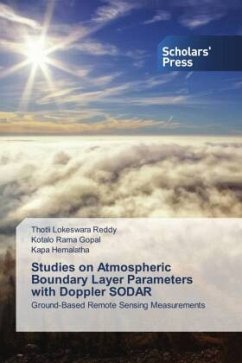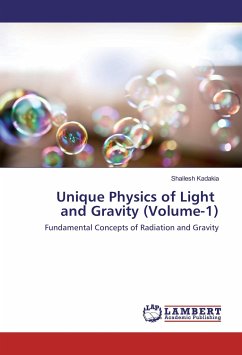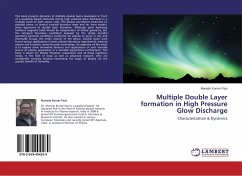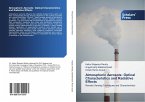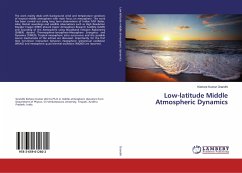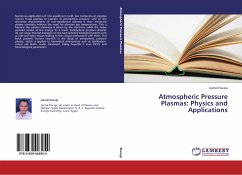The Atmospheric Boundary Layer (ABL) forms through the interaction between the atmosphere and the land, constituting the lowest part of the atmosphere. Studying the ABL is crucial as it encompasses the majority of human and biological activities. Additionally, this layer plays a vital role in trapping atmospheric pollution, generated by both natural and human-related activities at the surface, within its confines at 1.5 to 2 km. Moreover, the exchange of heat and moisture with the Earth's surface occurs within the ABL. Surface forcings play a vital role in determining the state of the troposphere, the lowest atmospheric layer. Moisture and heat released from the Earth's surface drive atmospheric weather systems, influencing the entire depth of the troposphere. The micro-meteorological methods are employed to discuss the moderately thin layer of the lower part of the atmosphere, frequently subject to turbulence and mixing, known as the atmospheric boundary layer (ABL). The ABL's significance lies in its response to surface forcings within approximately an hour and its interactions with the surface throughout its depth.
Bitte wählen Sie Ihr Anliegen aus.
Rechnungen
Retourenschein anfordern
Bestellstatus
Storno

